Stop the Spice Trade: A Veterans Theater Live Street Performance and Intervention
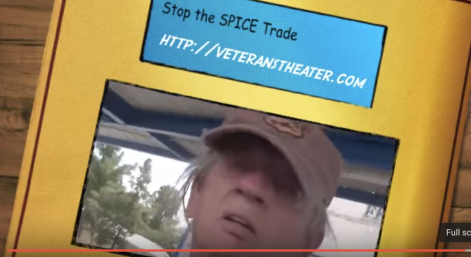
YouTube Video https://www.youtube.com/watch?v=fWtF3t1Bgqs
On September 11, 2015, Ernest Ramey (President of Veterans Theater) and myself (Storytelling Researcher) decided to investigate the Spice Trade, here in Las Cruces, New Mexico. I put on beat up cap, someone had donated to the homeless veterans of America, and set out to buy some Spice from a local business establishment. This business had been raided just 2 days ago by the Las Cruces Police Department, who is cracking down on the spice trade.
There is no back alley drag exchange in the Spice-Fractal-Epidemic, rather, you just pull up your pickup truck at the drive through window of a business called a smoke shop, and issue the secret code word of the day, which, September 11th, was ‘Blue.’ When you smoke Spice, all bets are off, you have no idea what some Breaking-Bad-Lab mixed into the new designer drug.
Our Veterans Theater street theater, is something known far and wide as Boal’s Theater of the Oppressed. We engage in street theater, as two Army veterans, bringing awareness of the extent of the Spice epidemic.
But, what is the antenarrative here, the BEFORE, and the BET on the Future, yet to be realized?
What is the BEFORE, the strange history of SPICE? In this age of madness, in 1984 the Institutional Review Board (IRB) of Clemson University, turned down Professor John William Huffman, now professor emeritus of organic chemistry, to study the effects of actual marijuana on undergrads, in-order-to research multiple sclerosis, and HIV/AIDS. So he invented Spice (aka K2), the first synthesized cannabinoid compounds, resubmitted his IRB proposal, and it was approved by the committee.
“In the late 2000s, two of Huffman’s cannabinoid compounds began being sold in Germany as marijuana alternatives known as K2 and Spice” (Wikipedia). In an interview Professor Huffman, said the spread of his Spice recipe was inevitable.
The recipes got blind reviewed, then published in a tier-one journal: The Journal of Organic Chemistry. See Huffman, J. W., Zhang, X., Wu, M. J., & Joyner, H. H. (1989). Regioselective synthesis of (.+-.)-11-Nor-9-carboxy-. DELTA. 9-THC. The Journal of Organic Chemistry, 54(20), 4741-4743.
The 1989 article reports that Professor Huffman and his research team had a National Science Foundation (NSF) grant, and a Robert A. Welsch Foundation grant to fund their university research.
The Spice (Synthetic Approaches to Cannabinoids) constitute a fractal. Like coastlines, snowflakes, sunflowers, or our very own Milkey Way Galaxy, a fractal is a recurring, self-similar pattern at progressively smaller or larger scales.
Benoit Mandelbrot, in 1975, invented the term, ‘fractal’ (based on the Latin word frāctus, meaning broken or fractured).
The recurring spread of the Spice-Fractal, from its inception in a ‘Breaking Bad’ Heisenberg professor’s university lab, complete with NSF funding, and IRB approval, its spread to Germany to imitate the recipe to produce, distribute, and sell synthetic cannabinoid compounds, had replicated to a global scale, a global business, with vast profits.
What is Spice? “Synthetic marijuana is a designer drug in which herbs, incense or other leafy materials are sprayed with lab-synthesized liquid chemicals to mimic the effect of tetrahydrocannabinol (THC), the psychoactive ingredient in the naturally grown marijuana plant (cannabis sativa)” (drugs.com).
What is the Spice-Fractal? Spice-Fractal is a recurring, self-sameness at higher and lower scales, as the business of producing, distributing, and selling Spice (K2) to consumer-users takes class, in the everydayness business practices in a small city like Las Cruces, or in every major global city on Earth.
Spice, invented in a university by Professor Huffman in 1984, spread to a business lab in Germany in2000, and “‘Spice’ or ‘K2’ first became available in the U.S. in 2008” (IBID.). And Ernest and I purchased Spice on Valley Boulevard, Las Cruces, New Mexico on September 11, 2015. Professor Huffman built an entire publish or perish career on Spice (source), but keep in mind he was helped every stp of the way bye the IRB, NSF, and the whole game of academic publishing.
Spice-fractal has spread globally, and is apparently unstoppable. “Spice or K2 became increasingly popular with high school students and young adults because it was legally obtainable from convenience stores, smoke shops, and online – until July 2012 when a national ban was enacted against the sale of synthetic cannabinoids in the U.S.“(drugs.com).
Extent of Spice-Fractal Spread
In the 2011 ‘Monitoring the Future’ survey of adolescent use of Spice by 11% of high school seniors, it was second only to actual marijuana-use among 36% high school seniors. The Spice-Fractal spread is now to even younger students, and to the college market (Johnston, O’Malley, Bachman, & Schulenberg, (2013).
Across the street from the main campus of New Mexico State University, is a pipe shop, where like the Valley location smoke shop, the business, stopped selling actual spice.
Recently, “The Drug Enforcement Administration (DEA) has designated many active chemicals most frequently found in synthetic marijuana as Schedule I controlled substances, making it illegal to sell, buy, or possess them. Manufacturers of synthetic marijuana products attempt to evade these legal restrictions by substituting different chemicals in their mixtures, while the DEA continues to monitor the situation and evaluate the need for updating the list of banned cannabinoid derivatives”(drugs.com).
Spice-fractal, its spread, is Big Business! Spice is an $8 billion dollar industry (http://2themax.org/?p=349). The business of the Spice-fractal-industry is the manufacture, distribution, marketing, and sale of Spice.
“Across the country, agents seized more than five million packets of finished designer synthetic drugs, including substances marketed as bath salts, spice, incense, K-2 and plant food, according to the federal Drug Enforcement Administration” (Spice News).
SPICE-FRACTAL AND TEMPORALITy
The spice-fractal must spred for business to prosper, for customers to obtain the product from distributors, for new Breaking-Bad-Labs to corp up to come up with new recipes to keep Spice legal, avoid DEA entanglements, and keep an $8 billion dollar global industry growing.
By Veterans Theater working on the Spice-Fractal case, tracing the history of Spice-fractal from its IRB application, its spread to Germany, then USA, its growth into a global industry, we have to account for the falling of so many veterans into the abyss of seizure, dishonorable discharge, and even suicide.
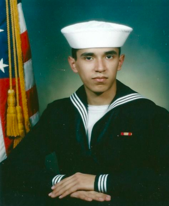
On April 30th, 2015 on the NMSU campus, and August 4th, 2015 at the Good Samaritan, Veterans Theater did scenes about the Spice-Fractal, the Spice Epidemic, for sold out audiences. On that stage, each time, we invited the parents of 8 year Navy man, Adam Hernandez, who was 28 years old, stationed in Hawaii, and hooked on Spice, then committed suicide. His mother Ruth Rivas started doing awareness campaigns in El Paso Texas. http://spiceisnotnice.com Trying spice was his deadly mistake. He began playing Russian Roulette with his life.
“Each branch of the military has a record of punishing service members who have been found guilty of using this drug. Penalties can include prison time, confinement, loss of rank, and dishonorable discharge” (comilitary).
“In the Army, the use of noncontrolled intoxicants – to include natural substances – is prohibited under Army Regulation 600-85 (Army Substance Abuse Program). The Army has taken a proactive stance on addressing the dangers of Spice. A violation can lead to disciplinary action, which may range from a reprimand to a dishonorable discharge.
A Spice user may have no idea what he or she is being exposed to, due to the high quantity of other synthetic materials contained in the drug.
It is known to be between 100 to 800 times more powerful than marijuana” (Army.mil)
Veterans Theater is tracing the constitution of the global enterprise, the spread of the Spice-Fractal, from the lab to the rush that is anticipated, and falling down into the abyss of death, if your number comes up.
This is radical street theater, not the safe environs of a Center for Performing Arts. The Being of this Spice-Fractal, its spread qua business profits-in-suicides per capita, takes care of the business life, the fore-having of Spice recipe changes in a lab, the fore-sight to ante (the bet) on the future of addicted souls, the between fore-structure of global distribution, the fore-conception of the lab study concepts from the very onset of this industry, to the becoming of the business’ care for its product, to keep one step ahead of DEA enforcement. That is what the Spice-Fractal is, and what it is all about.
I am a business professor, and write about the ethics of business practices. When the business of business is death, do we not as business professors, have a moral and ethical answerability, a responsibility to do Street Theater, to bring awareness about the business of this man-made epidemic.
If you got this email, what would you do?
“We had a big problem with Spice these past few days. Another death, one that police and hospital trying to locate family he is brain dead and in one day we had seven people fall out and taken to the hospital because of smoking Spice. That very same day the mission had six and in the city they counted over 21 carried to hospital for smoking spice. This was Thursday evening and it almost seemed like a terrorist act was committed because it was none stop all over the city. Friday we had three and Saturday we had two. The police are saying it was a very deadly batch and the same yellow ole pickup that I have been watching for months for dealing is involved. Police are following up leads and I even took pictures to show what this guy has been doing. It has been a very long and stressful week and I believe that this is only the beginning” (email from Iraq War homeless veteran received June 14 2015).
A fractal is the iterating pattern of self-sameness across micro to macro scale, and vice versa. The Spice-Fractal must flow globally and locally along the jagged-fractal-coastlines, distributing the faux Marijuana to unsuspecting users, who think they can get a high on the cheap. Its use and market share is growing.
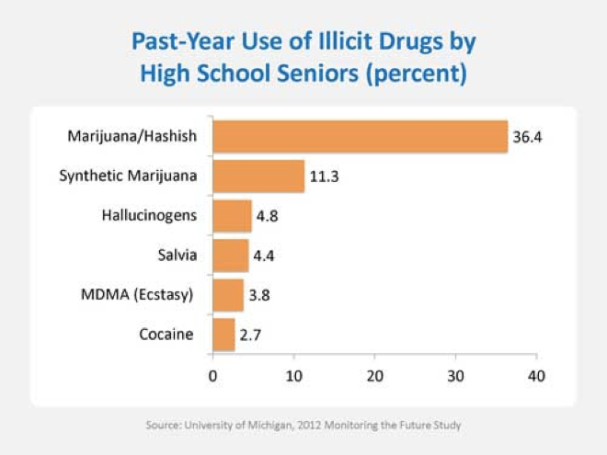
Figure 1 – Comparison of Spice (Synthetic Marijuana) to other drug use http://www.drugabuse.gov/publications/drugfacts/k2spice-synthetic-marijuana
German Duarte (2014: xiii) argues that since Benoit Mandelbrot’s fractal geometry of the 1970s, the ‘fractal narrative’ has become popular in films, novels, and visual graphics of storytelling. “Fractal narrative” is defined as “a narrative that finds its best accomplished form in the Web” in hyperlink networks (Duarte, 2014: 284). He observed that since Mandelbrot’s fractal geometry, the fractal narrative took root in film and novels, and even in recent Disney movie songs about fractals (see also Palumbo, 2002). Star Wars, Star Trek, Avatar, Dune, etc. have fractal narrative iterations of self-sameness across scalabilities. They are monologic plots, the heroic characters on the Romantic Adventure (chronotope, as Bakhtin call this spacetime).
There are much more radical fractal story assemblage, the most famous if Jeff Noon’s (1993) Vurt novel. In the Vurt, one puts various kinds of feather into the mouth, and this sends one on a journey of fractal iterations into successive recursions of self-similarity. The meeting is Manchester UK, and the Vurt-heads are in search of a feather, Curious Yellow, that will release a comrade from the Vurt-realm (a bid trip). Beware of the Tapeworm feather, it is a really bad trip into complexity fractal structures. There is a fractal Vurt-feather, as addictive as the Spice (synthetic weed) in New Mexico
The Spice-Fractal is the spreading spiral pattern, across an $8 billion dollar global business, turned epidemic. Swallow this Vurt, and you are on a bad trip, to addiction, perhaps to your own death. The spreading fractal pattern is through the Situational Hermeneutics of a professor fore-having, the fore-conception of synthetic language, the recipe that became a fore-structure of industry, and the fore-sight of that industry to sell addictive products to users, while labeling them ‘not for human consumption’ and the entire becoming of care for the sustainability of the Spice global industry in the face of DEA pursuit.
To counter a Spiral-Fractal with Veterans Theater street theatricality, is to make space for veterans stories, stories of the business of Spice, gone Global.
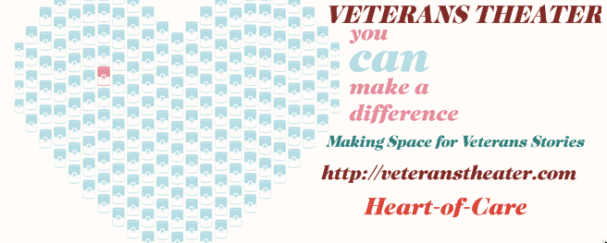
References:
Boje, D. M. (2015). Change Solutions to the Norms and Standards Overwhelming Organizations. Organizational Change and Global Standardization: Solutions to Standards and Norms Overwhelming Organizations.
Boje, D. M., & Henderson, T. L. (Eds.). (2014). Being Quantum: Ontological Storytelling in the Age of Antenarrative. Cambridge Scholars Publishing.
Boje, D. M., Svane, M., Henderson, T., Solutions, G., Hank, L. L. C., & Strevel, B. Critical Corporate Social Responsibility in Tamara-Land: The Role of Tetranormalizing Fractals. Online at http://davidboje.com/vita/paper_pdfs/CSR%20Chapter_16_March_2015.pdf
Duarte, G. A. (2014). Fractal Narrative: About the Relationship Between Geometries and Technology and Its Impact on Narrative Spaces (Vol. 12). transcript Verlag.
Henderson, T., & Boje, D. M. (2015). Organizational Development and Change Theory: Managing Fractal Organizing Processes. London/NY: Routledge.
Huffman, J. W., Zhang, X., Wu, M. J., & Joyner, H. H. (1989). Regioselective synthesis of (.+-.)-11-Nor-9-carboxy-. DELTA. 9-THC. The Journal of Organic Chemistry, 54(20), 4741-4743.
Mandelbrot, Benoit B. “Comments on:” A Subordinated Stochastic Process Model with Finite Variance for Speculative Prices,” by Peter K. Clark.”Econometrica: Journal of the Econometric Society (1973): 157-159.
Noon, J. (1993). Vurt, Littleborough.
LINKS TO ARTICLES
DrugFacts: Spice (Synthetic Marijuana). National Institute on Drug Abuse (NIDA): Updated May 2012. Accessed Dec 7, 2012. Available at: http://www.drugabuse.gov/publications/drugfacts/spice-synthetic-marijuana
Understanding the ‘Spice’ Phenomenon. European Monitoring Centre for Drugs and Drug Addiction. Accessed Dec 7, 2012. Available at: http://www.emcdda.europa.eu/attachements.cfm/att_80086_EN_Spice%20Thematic%20paper%20—%20final%20version.pdf
Drugs.com. Kids Using Synthetic Pot a Growing Public Health Concern; Posted March 2012. Accessed Dec. 7, 2012. Available at: http://www.drugs.com/news/kids-using-synthetic-pot-growing-public-health-concern-37058.html
Cohen, J., Morrison, S., Greenberg, J., & Saidinejad, M. (2012). Clinical Presentation of Intoxication Due to Synthetic Cannabinoids. Pediatrics, 129(4), e1064-e1067.
Haiken M. “Spice” and “K2” vs. “Bath Salts”: The Other Designer Drug Scare. Forbes 6/13/2012. Accessed Dec. 7, 2012. Available at: http://www.forbes.com/sites/melaniehaiken/2012/06/13/spice-vs-bath-salts-the-other-designer-drug-scare/2/
Johnston, L. D., O’Malley, P. M., Bachman, J. G., & Schulenberg, J. E. (December 18, 2013). “American teens more cautious about using synthetic drugs.” University of Michigan News Service: Ann Arbor, MI. Retrieved MM/DD/YYYY from http://www.monitoringthefuture.org
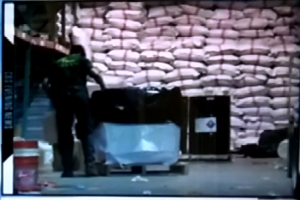
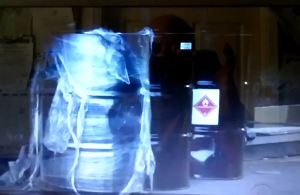 The 100 pound bags piled high to the ceiling will probably contain the organic material that the chemicals contained in the 55 gallon cans will be sprayed upon. That is how the so called potpourri is made. We know the truth, this is the Synthetic Marijuana that is flooding our nation. In the CBS report, it is stated that the chemicals come from China. I can just imagine a container ship loaded to the brim with this dangerous chemical. In today’s world we demonize the user, but Nation States are never chastised when they send untold amounts of this poison to our shores. That is the way of the world today. Our so called leaders attend their high classed functions and pay lip service to the public they are supposed to represent, while the drug trade goes on. We will see how they feel when a family member dies after they consumed Spice at some frat party in college.
The 100 pound bags piled high to the ceiling will probably contain the organic material that the chemicals contained in the 55 gallon cans will be sprayed upon. That is how the so called potpourri is made. We know the truth, this is the Synthetic Marijuana that is flooding our nation. In the CBS report, it is stated that the chemicals come from China. I can just imagine a container ship loaded to the brim with this dangerous chemical. In today’s world we demonize the user, but Nation States are never chastised when they send untold amounts of this poison to our shores. That is the way of the world today. Our so called leaders attend their high classed functions and pay lip service to the public they are supposed to represent, while the drug trade goes on. We will see how they feel when a family member dies after they consumed Spice at some frat party in college.
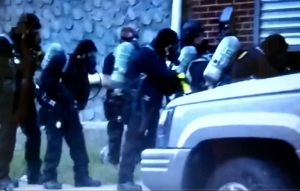
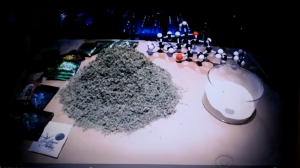
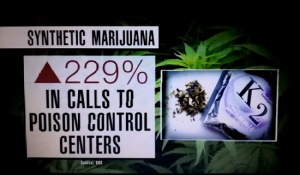

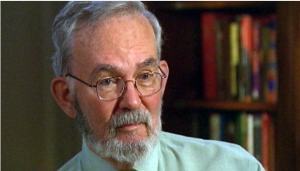




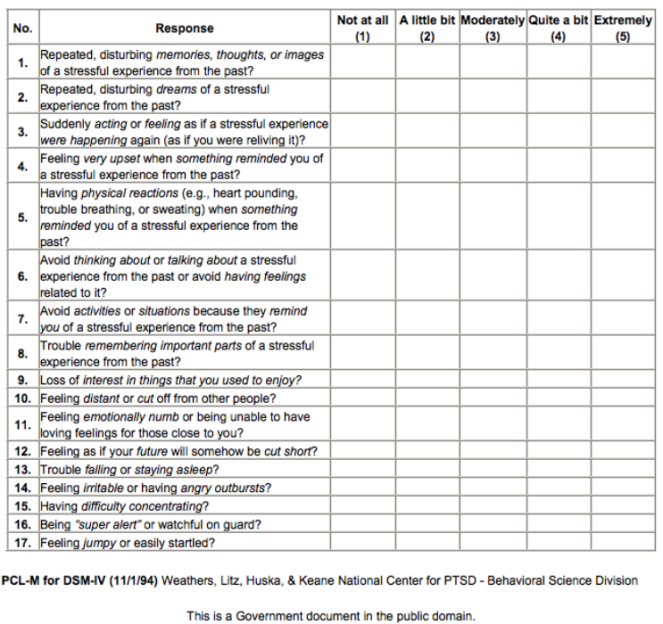
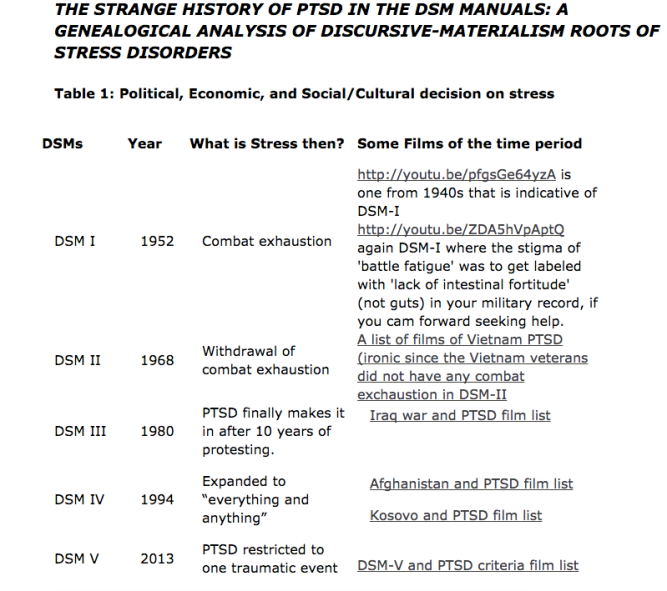
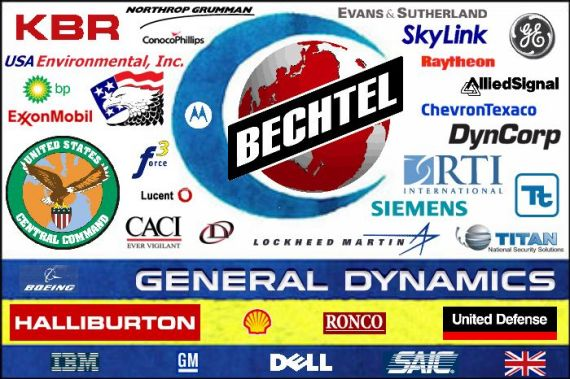
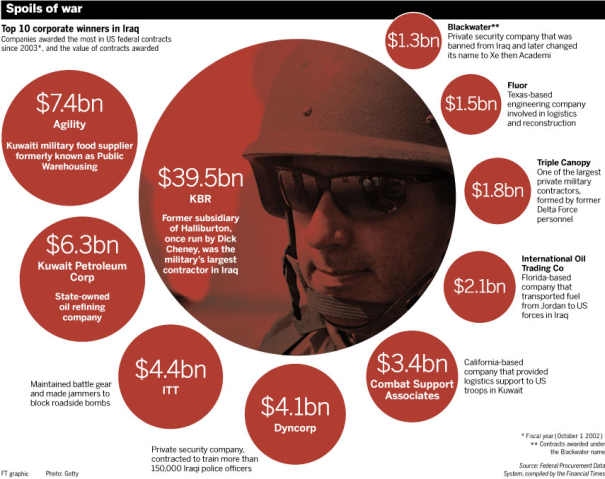
 One Solution: The pathway from HOMELESS to HOMED –>Above homeless in London are SPIKED to keep sleeping rough, in camps across America there are tents but ‘Oh so cold in winter’ and in tent 130 degrees in summer sun, so why not build some Tiny Homes, and transition all the way to economic sustainability, off-the-grid electric, on wheels to move to great locations.
One Solution: The pathway from HOMELESS to HOMED –>Above homeless in London are SPIKED to keep sleeping rough, in camps across America there are tents but ‘Oh so cold in winter’ and in tent 130 degrees in summer sun, so why not build some Tiny Homes, and transition all the way to economic sustainability, off-the-grid electric, on wheels to move to great locations.
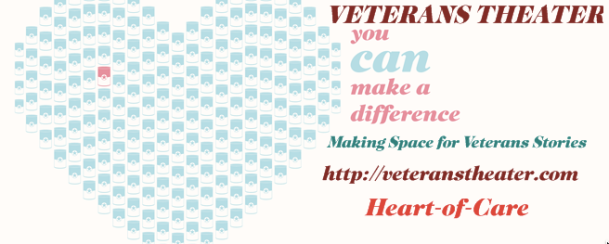
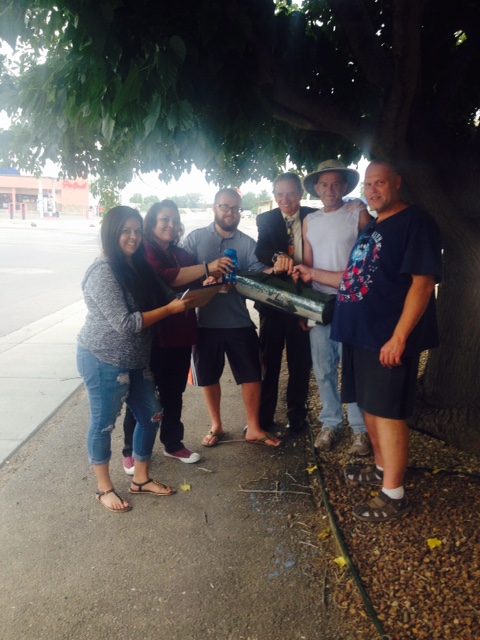

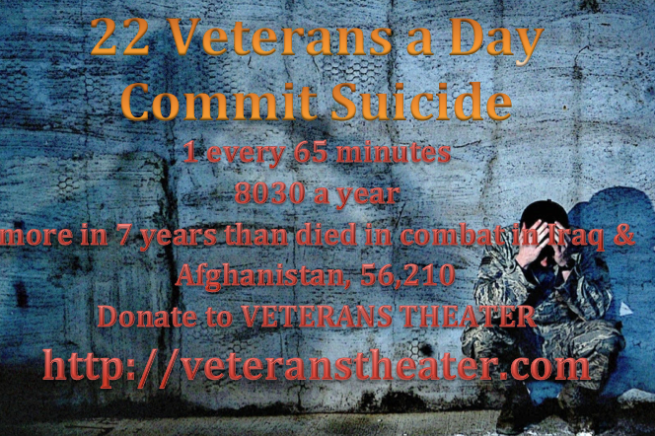
 one free cap when you
one free cap when you